Top 10 Rarest Crystals in the World: Because of their exquisite appearance, crystals are among the objects that are collected all over the world in the greatest numbers.
Because of the rise in popularity of alternative medicine in recent years, crystal collecting has also seen a surge in popularity.
Many people believe that crystals contain therapeutic properties, which has contributed to this belief. People continue to gather crystals even though there is no proof from science to substantiate the claims being made about them.
Although the unusual crystals on this list may not be able to cure someone, they are certainly one of a kind and difficult to locate.
The high-quality versions of the crystals that are included on this list are not only some of the rarest gemstones in the world, but they are also the rarest crystals on the entire planet.
Gemstones are a type of mineral that has crystallized into a form that may be faceted, polished, and fashioned into jewelry.
Top 10 Rarest Crystals in the World 2024
1. Alexandrite
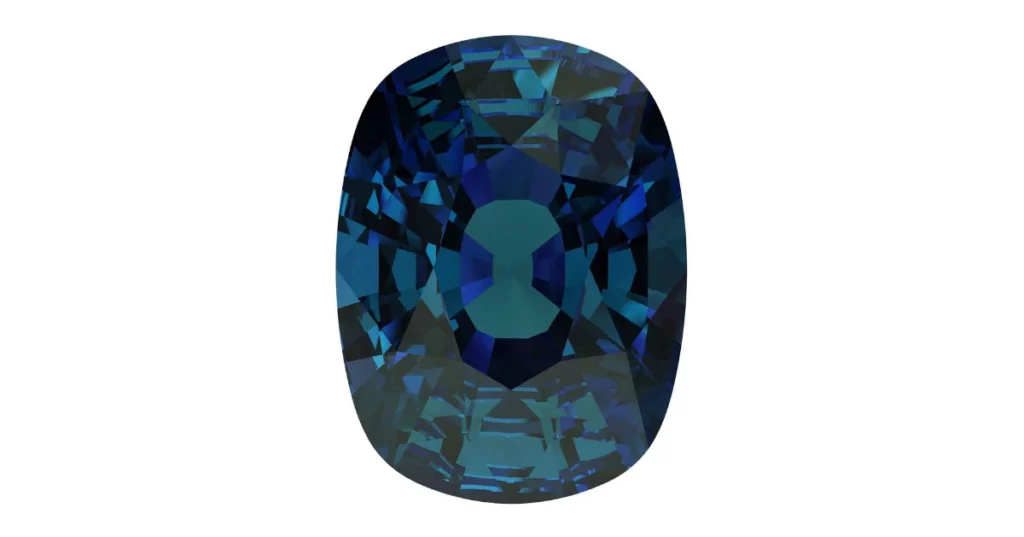
- Reason for Rarity: Large gemstone-quality crystals are hard to find
- Location: Ural Mountains in Russia; Brazil; India; Madagascar; Tanzania; and Sri Lanka
- Mineral Composition: Aluminate of Beryllium
- Value: $70,000 per carat
The crystal known as chrysoberyl has a unique variant called alexandrite that may change color. Even though Alexandrite is more abundant than some of the other rare crystals on our list, massive Alexandrite crystals that are cut and polished to a gem-quality standard are still quite difficult to locate.
Because of this, the highest possible price for a stone of exceptional Alexandrite quality is approximately $70,000 per carat.
Under natural light, the best examples of Alexandrite change color from green to bluish green, while under artificial light, they change from red to purple red.
Alexandrite was given its name after Czar Alexander II of Russia because, for many years, this unique crystal could only be discovered in Russia’s Ural Mountains. Stones can also be found in Brazil, India, Madagascar, Tanzania, and Sri Lanka.
The Ural Mountains continue to produce the vast majority of the largest and highest-quality Alexandrite crystals, although stones can also be found in these other locations.
2. Red Beryl
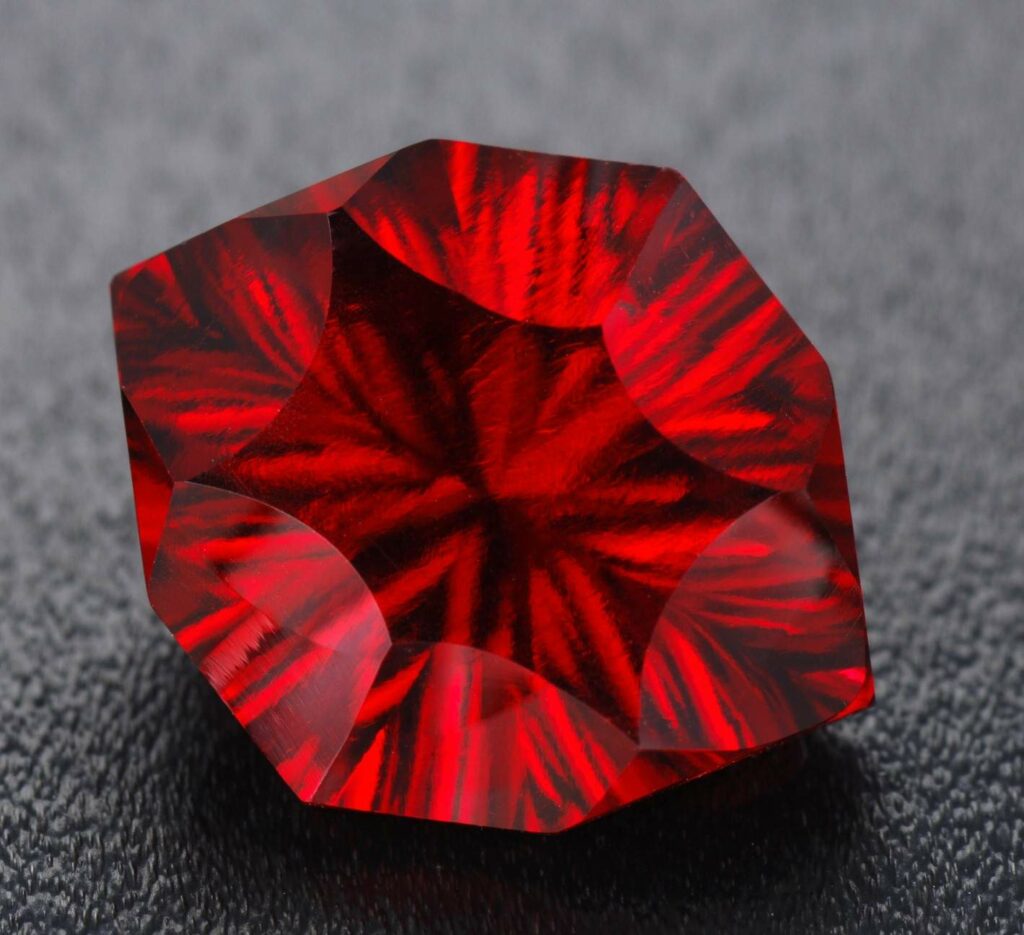
- Reason for Rarity: 1 found for every 150,000 diamonds
- Location: Wah Wah Mountains, Beaver County, Utah; Paramount Canyon and Round
- Mountain in Sierra County, New Mexico
- Mineral Composition: Beryllium aluminum cyclosilicate with manganese
- Value: $10,000 per carat
Red Beryl, which is also known as Bixbite, is the rarest variety of Beryl; nevertheless, it is not the most precious form of this gemstone because the title of most valuable belongs to Emerald, which is a green Beryl. Because it is so uncommon, red beryl can only be found in a select few locations in the United States.
The Utah Geological Survey estimates that for every 150,000 diamonds, only one red beryl will be found.
Based on a find made in 1904 at Maynard’s Claim in the Thomas Mountains in Western Utah, the red variety of beryl was named for the first time.
Maynard Bixby, an American mineralogist, was the person who came up with the name Bixbite for the extremely uncommon crystal.
3. Benitoite
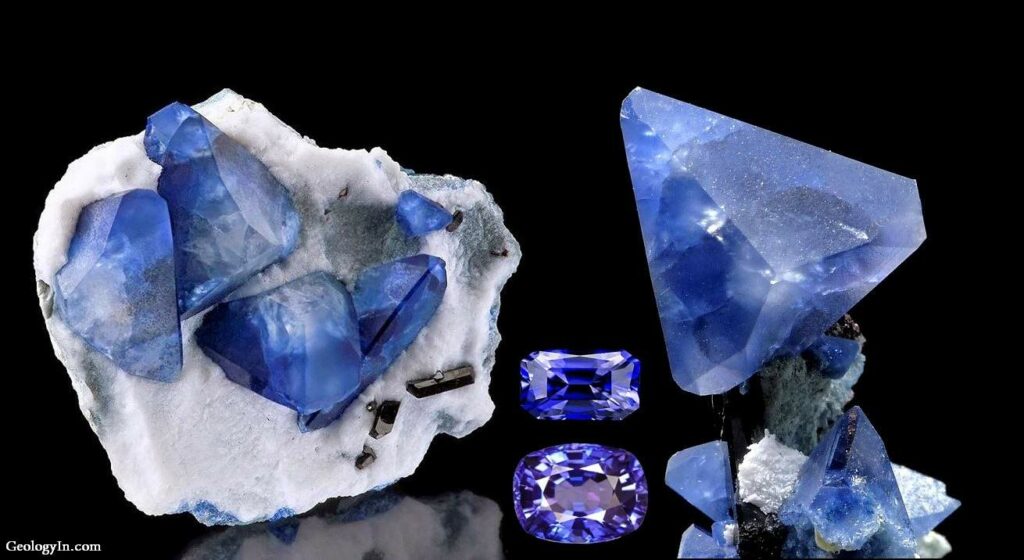
- Reason for Rarity: Gemstone-quality crystals only found in California
- Location: San Benito County in northern California
- Mineral Composition: Blue barium titanium silicate
- Value: $3,000 to $4,000 per carat
Gemstone quality only in San Benito County, which is located in northern California, has the mineral benitoite ever been discovered.
Benitoite was found for the first time in 1907 by James Couch. At the time of its discovery, benitoite was mistaken for sapphire, as was the case with many of the other rare blue crystals on this list.
Couch then forwarded a sample to the University of California, Berkeley, where a geologist by the name of George Louderback determined that the substance in question was a novel mineral.
Benitoite has been discovered in locations all over the world, including Arkansas, Japan, and Australia, amongst others.
The Benitoite that comes from California is the only kind that is suitable for use as a gemstone and can be fashioned into jewelry. In 1985, benitoite was selected to serve as the official gemstone of the state of California.
4. Larimar
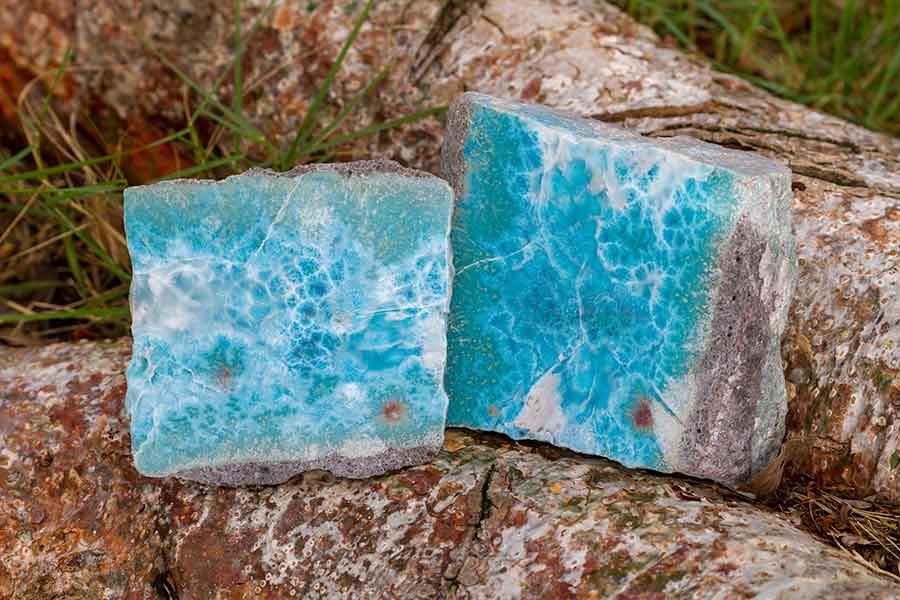
- Reason for Rarity: Only found in the Dominican Republic
- Location: Dominican Republic
- Mineral Composition: Hydrated sodium calcium silicate with manganese
- Value: Unspecified
The Dominican Republic is the only place in the world where you may find the unique crystal known as blue pectolite larimar.
Larimar is an extremely uncommon mineral that can only be found in one location on the planet. In comparison, normal Pectolite is a grey mineral that is quite common.
Even though it is still relatively new to commercial markets, the Dominican Republic has long held Larimar in high regard as a precious gemstone.
According to one version of events, the first discovery of larimar that was extensively publicized took place in the year 1916.
Father Miguel Domingo Fuertes Loren was the one who discovered this unusual crystal, but it was lost for many decades after its discovery.
Miguel Méndez, a Dominican native, and Norman Rilling, a visiting United States Peace Corps volunteer, were the ones who discovered larimar in 1974.
They gave the crystal the name “Larissa’s Mar,” in honor of Méndez’s daughter, and “mar” is the Spanish word for sea.
5. Black Opal
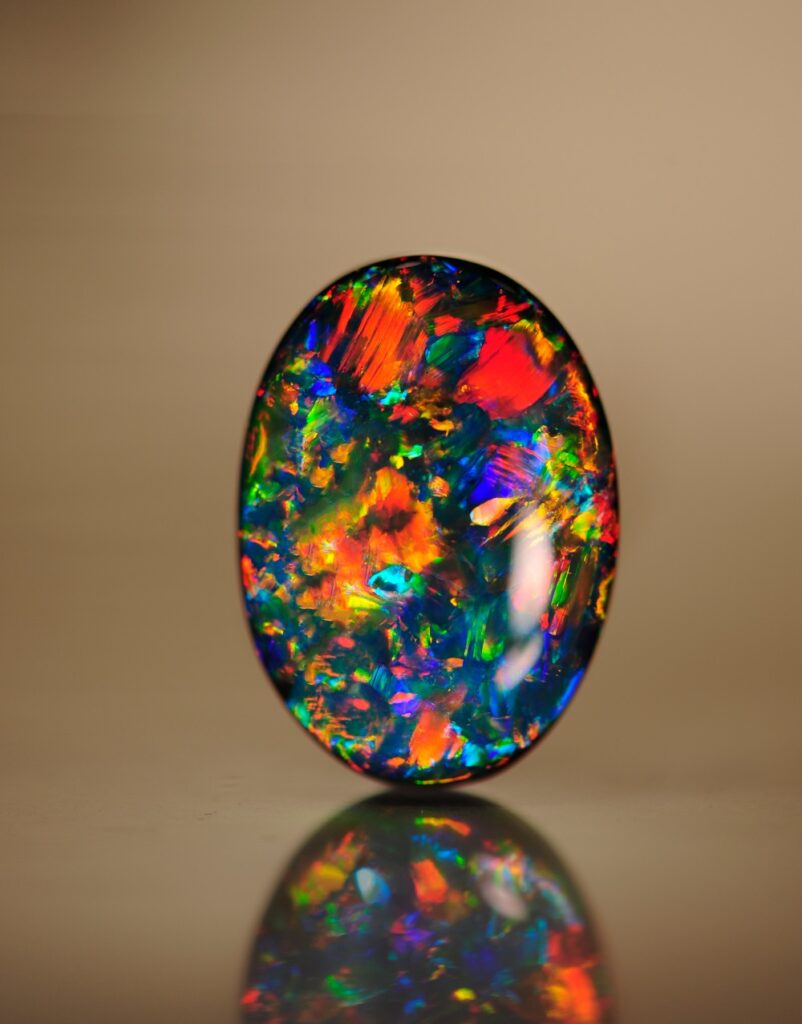
- Reason for Rarity: Only found in one area in Australia
- Location: Lightning Ridge area of New South Wales, Australia
- Mineral Composition: Hydrated amorphous form of silica
- Value: $2,300 per carat
Black Opals are the rarest and most costly type of gemstone known as opal, which is known as the national jewel of Australia.
The community of Lightning Ridge, located in northern New South Wales, Australia, is responsible for producing an overwhelming majority of the world’s supply of black opal.
Opal was unearthed for the first time in Lightning Ridge in the late 1880s, but it wasn’t until 1903 that the first black opal was discovered there.
The “Aurora Australis” black opal, which was discovered near Lightning Ridge, is widely considered to be the most renowned example of its kind in the world.
The Aurora Australis is a humongous piece of black opal that measures 3 inches by 1.8 inches and weighs 180 carats in total.
In addition, this unusual crystal features a vivid pattern that is comprised of powerful hues of red, green, and blue set against a background of black.
6. Tanzanite
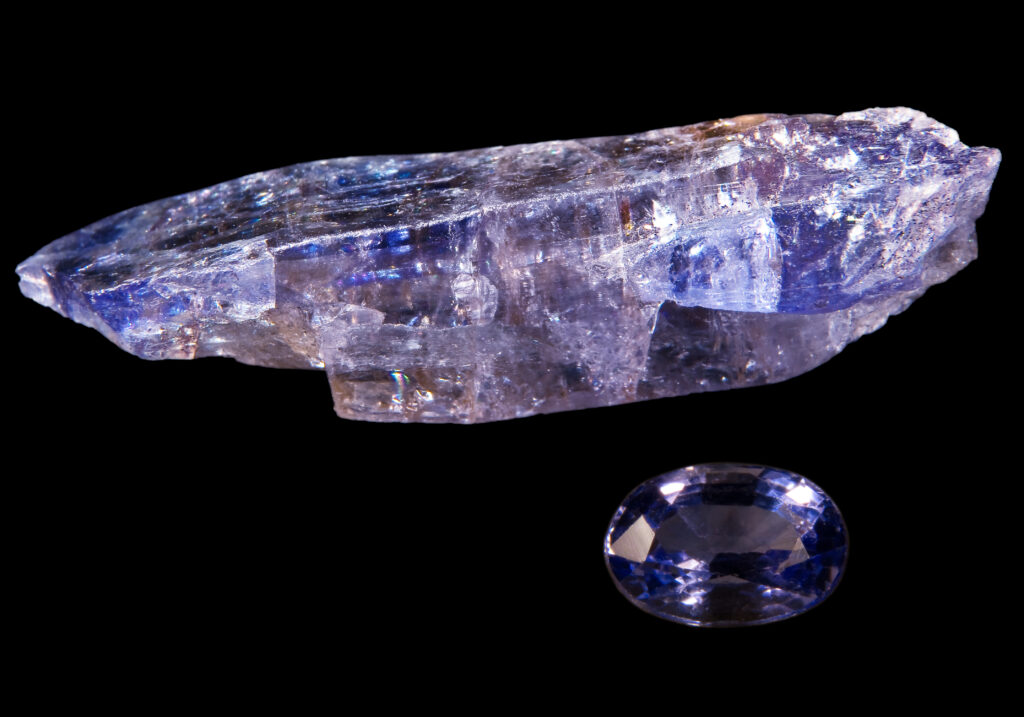
- Reason for Rarity: Only found in one small location in the world
- Location: Merelani Hills of Manyara Region in Northern Tanzania
- Mineral Composition: Calcium, Aluminium, and Hydroxyl sorosilicate
- Value: $600 to $1,000 per carat
Zoisite is the mineral that gives rise to the blue-violet gemstone known as tanzanite. The Merelani Hills in Northern Tanzania are the only location on the planet where this exceptionally rare crystal may be mined.
A Masai tribesman in 1967 came across a cluster of exceptionally translucent, intensely violet-to-blue crystals and made the discovery that led to the discovery of tanzanite.
When the member of the Masai tribe who had made the discovery shared it with the local fortune seeker Manuel d’Souza, d’Souza at first believed that he had discovered a fresh source of sapphires.
Following the first discovery of this first cluster of Tanzanite, more reports came in stating that other comparable crystals were located in an area that was 20 square miles in size.
Tiffany & Company gave this freshly found crystal the name Tanzanite, which is the name of its native nation, and began marketing it as an extremely rare gemstone.
7. Grandidierite
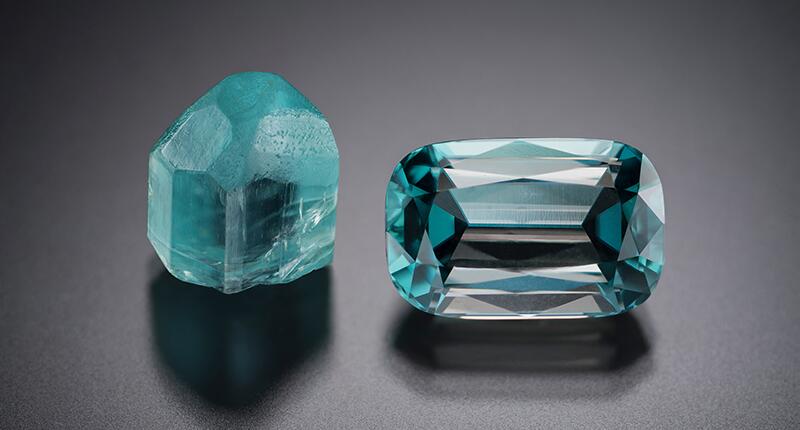
- Reason for Rarity: Gemstone-quality crystals only found in Madagascar and Sri Lanka
- Location: southern Madagascar; Sri Lanka; and New Zealand
- Mineral Composition: Magnesium aluminum borosilicate
- Value: $20,000 per carat
Crystals of grandidierite are so uncommon that they are rarely found in jewelry collections, mineral collections, or museum collections. Grandidierite was named after the Grand Duchy of Lorraine in France.
Madagascar is home to the vast majority of the world’s gemstone-grade grandidierite deposits, whereas Sri Lanka and New Zealand both hold only trace amounts.
In addition, the deposits of Grandidierite that are suitable for making gemstones are extremely limited and quickly run out.
Alfred Lacroix, a French mineralogist, is credited with making the initial discovery of grandidierite in the year 1902.
Alfred Grandidier was a French explorer and geographer who traveled around the island of Madagascar three times.
He was the inspiration for the name that he gave to the mineral. In more recent times, the southern region of Madagascar has been found to contain transparent grandidierite.
8. Painite
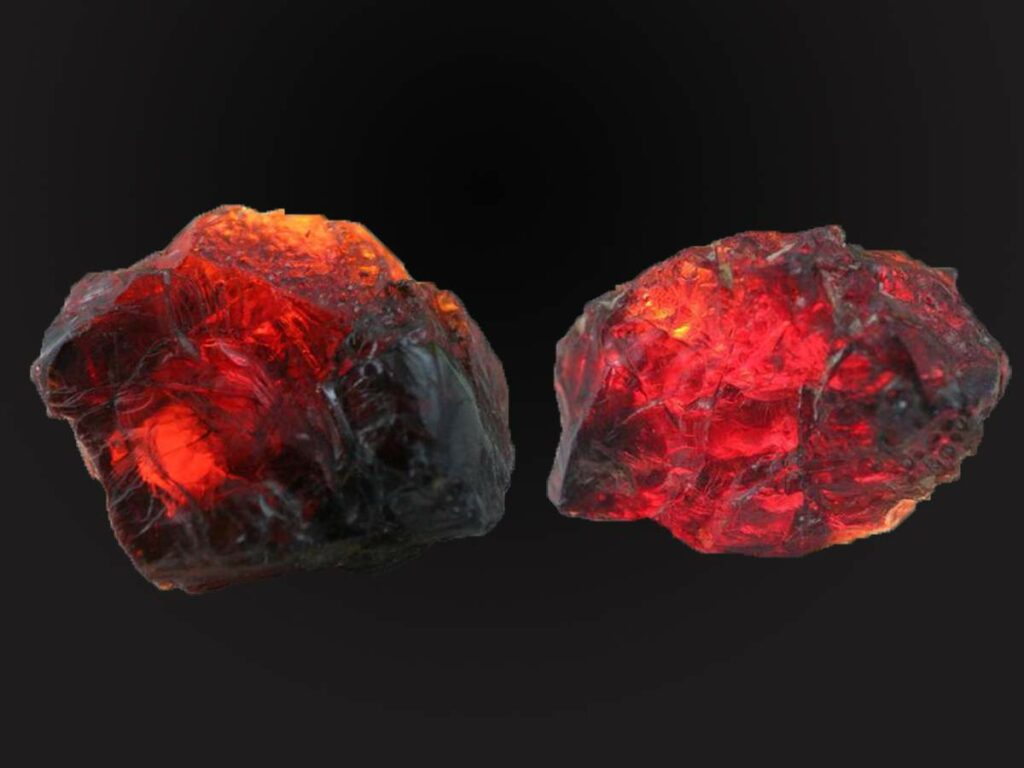
- Reason for Rarity: Only a few known examples existed for many years, but now more than 1,000 samples have been found
- Location: Myanmar (Burma)
- Mineral Composition: Calcium, Zirconium, Boron, Aluminum, and trace amounts of Chromium and Vanadium
- Value: $50,000 to $60,000 per carat
Before the year 2001, there were only three known examples of the mineral Painite crystals. However, in recent years, over a thousand examples of Painite crystals and crystal fragments have been discovered in Myanmar.
However, only a small percentage of these newly discovered crystals of painite have the grade required to be used as gemstones, and they cannot be facetted.
In 1957, a Painite specimen was analyzed and classified as a new form of gem for the very first time. The specimen was extracted from one of two deep red crystals that Arthur Pain had given to the Natural History Museum in London.
Due to the increased availability of Painite crystals, it is now possible to get a little Painite crystal of lower grade for a reasonable price.
Painite crystals of exceptional quality have a value ranging from $50,000 to $60,000, which places them at the opposite extreme of the pricing spectrum.
9. Poudretteite
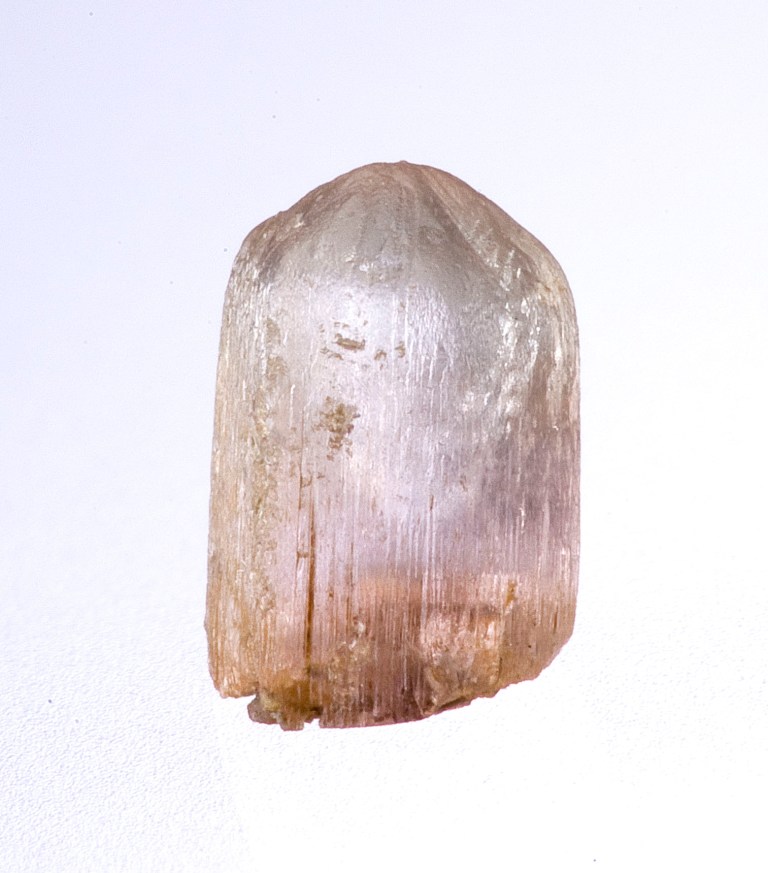
- Reason for Rarity: Fewer than 50 known specimens
- Location: Mont Saint-Hilaire, Quebec, Canada; and Mugok, Myanmar
- Mineral Composition: Potassium, Sodium, Boron, and Silicon
- Value: Unspecified
Because there are fewer than 50 known samples of poudretteite in the world, it shares the title of the rarest crystal in the world with taaffeite. Taaffeite is also considered to be the rarest crystal in the world.
Around the year 1965, an exceptionally rare crystal was uncovered for the very first time by the Poudrette family at the quarry that they owned in Mont Saint-Hilarie, which is located in Quebec, Canada. The recently found crystal was given the name Poudrette after the family that discovered it.
It wasn’t until 1986 that these initial seven Poudrette crystals were formally acknowledged as the discovery of a new mineral, and for several decades after that, there were no reports of any other Poudrette crystals being discovered.
In the year 2000, a gemstone merchant from Italy made a purchase in Mugok, Myanmar, of an unidentified raw crystal of gem quality.
After being examined in a laboratory, it was found that this particular crystal has the highest possible quality of Poudretteite for use in jewelry. Since then, the number of Poudretteite crystals discovered has increased by little more than a few dozen.
10. Taaffeite
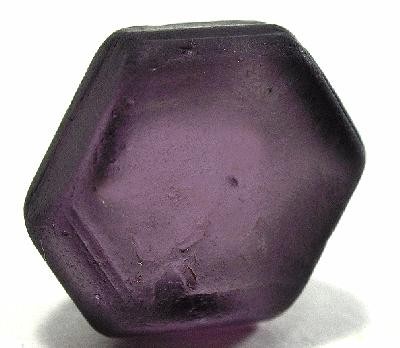
- Reason for Rarity: Fewer than 50 known specimens
- Location: Mainly Sri Lanka and a handful of pieces found in Tanzania
- Mineral Composition: Beryllium, Magnesium, and Aluminum
- Value: $2,500 per carat
Because there are only about 50 known examples of this extremely rare gemstone, taaffeite is thought to be the rarest crystal in the entire world.
Edward Taaffe, an Irish gemologist and the namesake of the rare crystal, initially mistook taaffeite for a spinel when he discovered it in 1945. Taaffeite is named after Taaffe.
It has been noted by several gemologists that taafeite behaves similarly to mauve-colored spinel when subjected to gemological tests.
The first Taaffeite stone ever discovered was presented to Taffe, while the second Taaffeite stone was later acquired by the Geological Museum in London.
For a considerable amount of time, these were the only two Taaffeite stones in existence. Crystals of taffeite that are suitable for use as gemstones have been discovered in Sri Lanka in addition to Tanzania.
Top 10 Rarest Crystals in the World – Newshub360.net
Related Post
Credit: www.Newshub360.net
